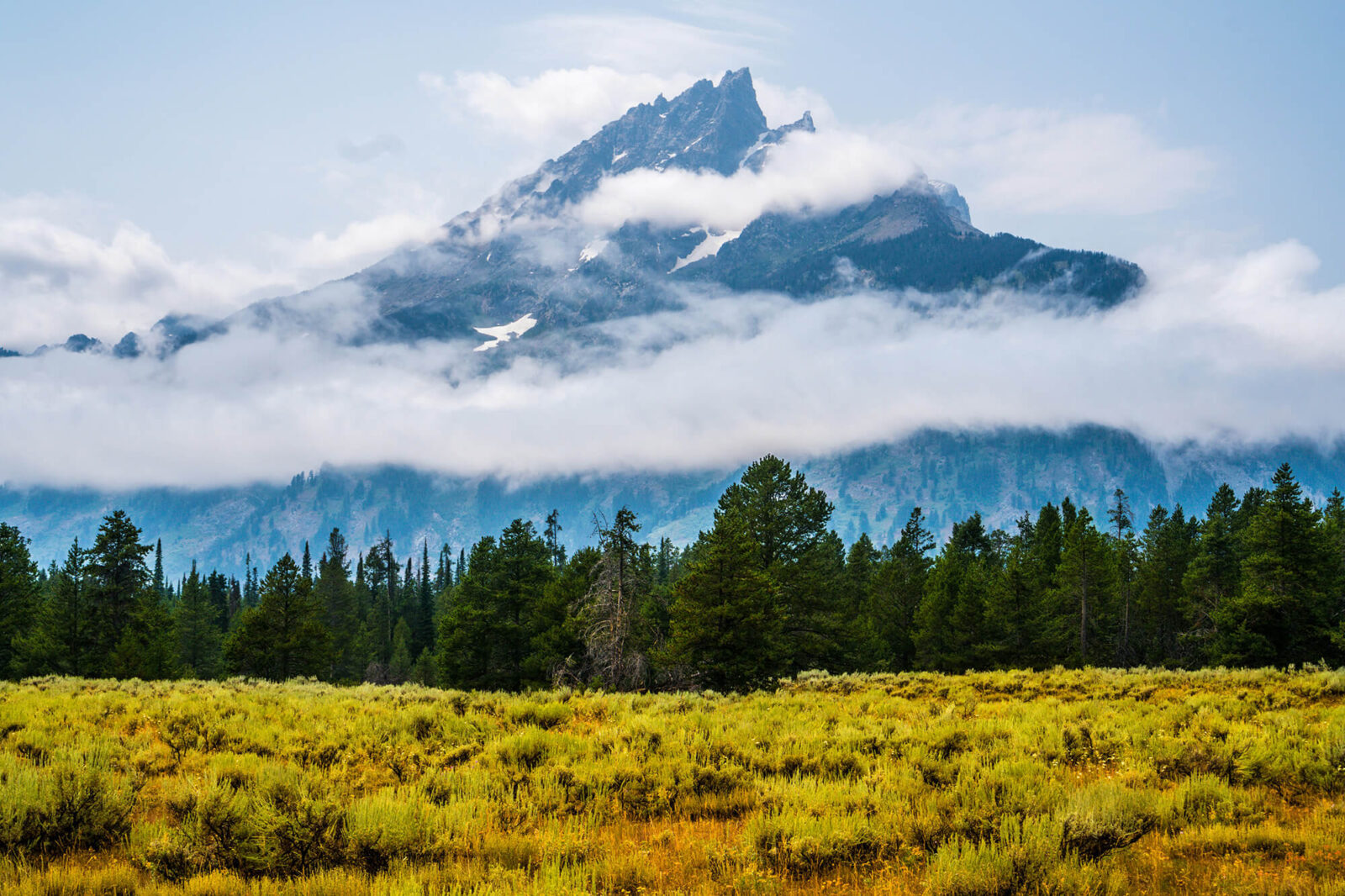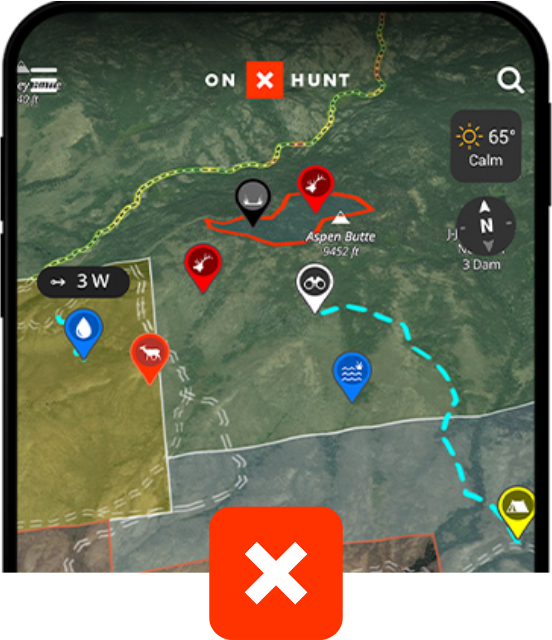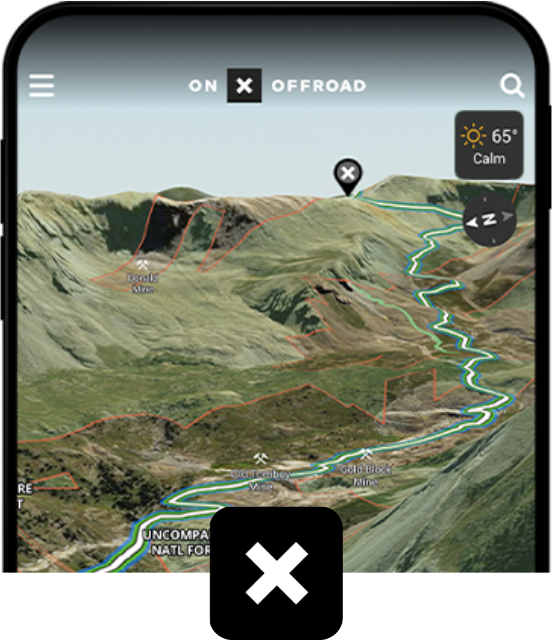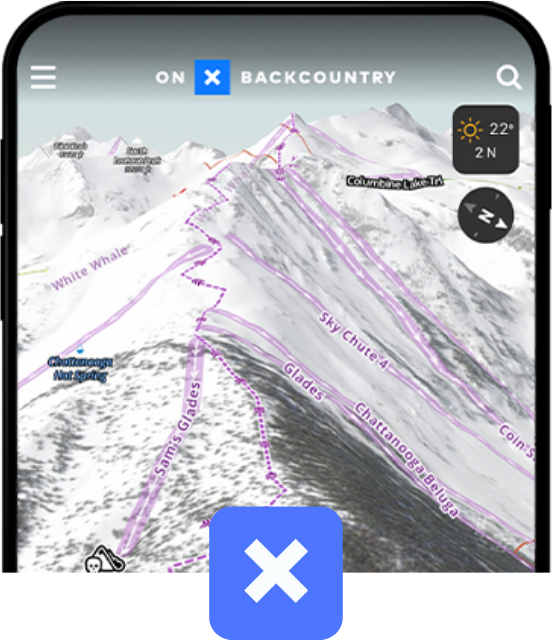
BLM Land near Yellowstone National Park
Find BLM land near the country’s first national park with the interactive map below to help you identify opportunities for camping, recreation, and more beyond the borders of the park.
Find BLM land near the country’s first national park with the interactive map below to help you identify opportunities for camping, recreation, and more beyond the borders of the park.
BLM Land Near Yellowstone
Bureau of Land Management (BLM) lands are considered public lands. Collectively, they comprise 247.3 million acres and are located primarily in western states. Near Yellowstone, people most frequently look for BLM land for dispersed camping
Camping Near Yellowstone
When camping near Yellowstone National Park, you have three choices:
1. Reserving a Campsite
We recommend you explore Yellowstone National Park’s reservable campgrounds on the Recreation.gov website.
2. Dispersed camping in nearby National Forest
Dispersed camping, also known as boondocking and dry camping, may only be available at designated sites, not just any flat spot you find. Each national forest website (such as Bridger-Teton, Shoshone, and Caribou-Targhee) lists areas with pre-established dispersed sites.
3. Dispersed camping in BLM Land
Camping is allowed on lots of BLM land, whether in established campgrounds or through dispersed camping. BLM-managed campgrounds often include restrooms, potable water, electrical hookups, picnic areas, garbage cans, tent pads, and group shelters. These campgrounds nearly always require nightly fees and/or advance permits.
If you are looking for established BLM campgrounds, BLM.gov hosts an interactive map showing all its campgrounds. We also have our interactive map below.
Dispersed camping is free and available for most BLM-managed public lands as it does not conflict with other authorized uses or in areas posted “closed to camping.” Dispersed camping is limited to 14 days within a 28 consecutive-day period. Camping limitations can vary greatly by local office, so always check in advance with a field office. Dispersed camping areas are located along most secondary roads and may not be marked. The most popular locations are evident as flat disturbed areas that have been used as campsites before, but not all flat sites are campsites. It’s a best practice to use a previously established camping area instead of creating a new disturbance.
BLM Area Breakdown
Explore this interactive map below to see the areas outside the park that have the highest concentration of BLM Land
View BLM Land Maps in the field with the following onX Products:

onX Hunt
Trusted by millions of hunters
-
852 Million Acres of Public Land
-
Color-Coded Public and Private Land Boundaries
Pro Deals on Top Hunting Brands
Trail-Cam Integration

onX Offroad
Go farther with confidence
-
650K+ Miles of Off-Road Trails
Color-Coded Public and Private Land Boundaries
Dirt Mode and Snow Mode for Year-Round Adventures
Route Builder and Customizable Map Tools

onX Backcountry
Discover trails near you
770K+ Miles of Hiking, Biking, and Backcountry Skiing Trails
Color-Coded Public and Private Land Boundaries
500K Recreation Points
Local Weather and Daily Avalanche Forecasts
onX Guide to BLM Land Near Yellowstone
Whether you’re looking for established campgrounds or areas available for dispersed camping near Yellowstone, your best resource by far is using one of our onX Apps to evaluate the area. In all of our apps, you can find current information about public and private land ownership, weather, road conditions, and restrictions (including widths and open/closed dates). In our onX Backcountry and onX Offroad apps, you can find nearby hiking, biking, and off-roading trails for the region. In all onX apps, BLM public lands are designated by yellow shading.
To get a first-person perspective, we asked some of our experts here at onX for tips and tricks for navigating BLM land near Yellowstone National Park.
- Most areas around Yellowstone National Park are considered bear country, so being bear-aware and camping responsibly is a must. In some cases, there are camping areas around Yellowstone that require hardside camping (ie. no tent camping). It’s important to understand the regulations before you go.
- In busy areas around Yellowstone, it might be worth planning on checking out more than one spot for camping. And in case BLM camping sites are full, you can always explore camping on National Forest Service lands.
- Cell reception can be spotty around Yellowstone National Park, so make sure you save your BLM Land maps offline before traveling to the park. You can research more information with a map from the Federal Communications Commission detailing LTE coverage based on your provider. Paid members of onX Offroad, onX Hunt, and onX Backcountry, have offline maps included with their subscription.
Following Leave No Trace principles is extremely important when recreating or camping on BLM public lands. Make sure you know how to follow these principles.
Resources for finding BLM Land
Whether you’re planning a hiking trip, a camping weekend, e-scouting hunting locations, or just looking for a day out in nature, onX Maps is the ultimate resource for BLM land. See our interactive BLM land map where you can search for BLM land near you at onxmaps.com. You can also find BLM land in the following apps:
- onX Hunt – Our most popular app that can also show you the hunting regulations for the surrounding areas and dozens of other layers.
- onX Offroad – In addition to showing you public lands, our Offroad app can also show you all the Offroad trails nearby for your SxS, 4×4, ATV, dirt bike, and snowmobile.
- onX Backcountry – Jam-packed with other helpful trail data including several activity modes for Hiking, Backpacking, Climbing, Mountain Biking, and Backcountry Skiing.
Other great resources for BLM land are:
- Recreation.gov – Great for making reservations at busy campsites
- BLM.gov – A simple interactive map that shows BLM Land at a very basic level
Frequently Asked Questions
Bureau of Land Management (BLM) lands are considered public lands. Collectively, they comprise 247.3 million acres and are located primarily in western states.
BLM lands around Yellowstone are open to many exciting activities, including hiking, dispersed camping, cross-country skiing, OHV, fishing, hunting, and more. Some activities might have seasonal or temporary restrictions, so always look for any posted notices or contact the regional BLM field office with questions.
Camping on BLM land can range from stays at developed facilities for a fee to free dispersed camping in remote backcountry areas. Dispersed camping is generally allowed for a period not to exceed 14 days within a 28 consecutive day period. Always check with the appropriate field office when planning your camping trip.
More than 99 percent of BLM land is free to use, unlike national parks and many state parks. Additionally, BLM land can offer more diverse and less-restricted recreational opportunities than national parks or state lands.
See our BLM land maps for Yosemite National Park and Zion National Park.
There are land-use restrictions in some areas. It’s always best to check with the local BLM field office to learn about permanent, temporary, or seasonal restrictions that may be in place on BLM lands. Remember, BLM lands have specific land management objectives in place to protect resources and provide public safety.